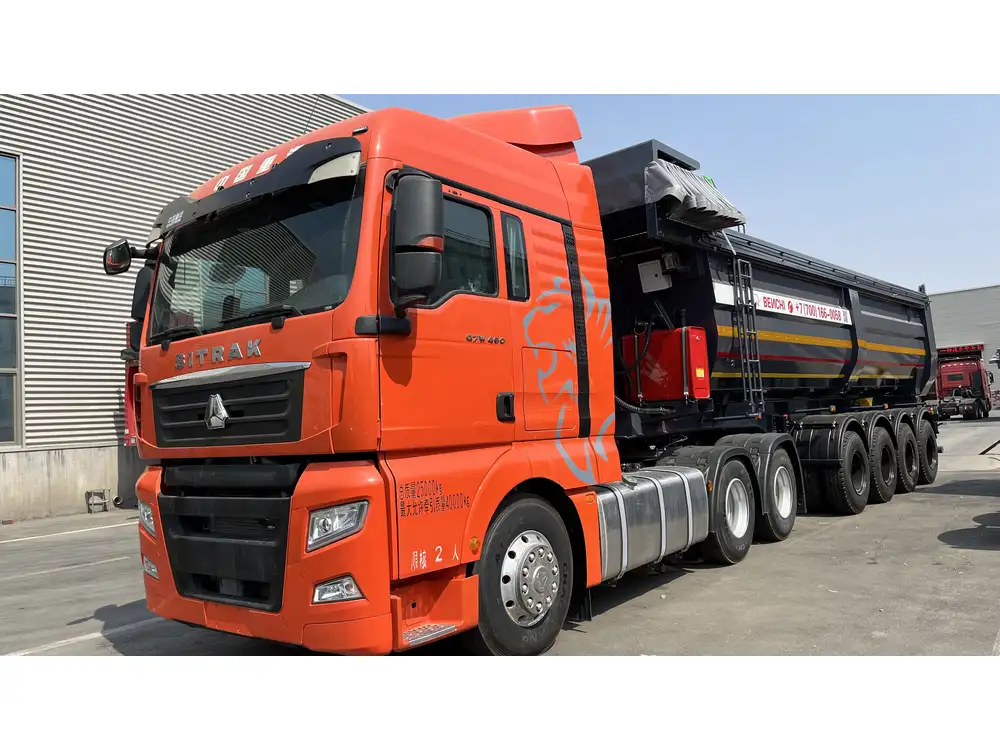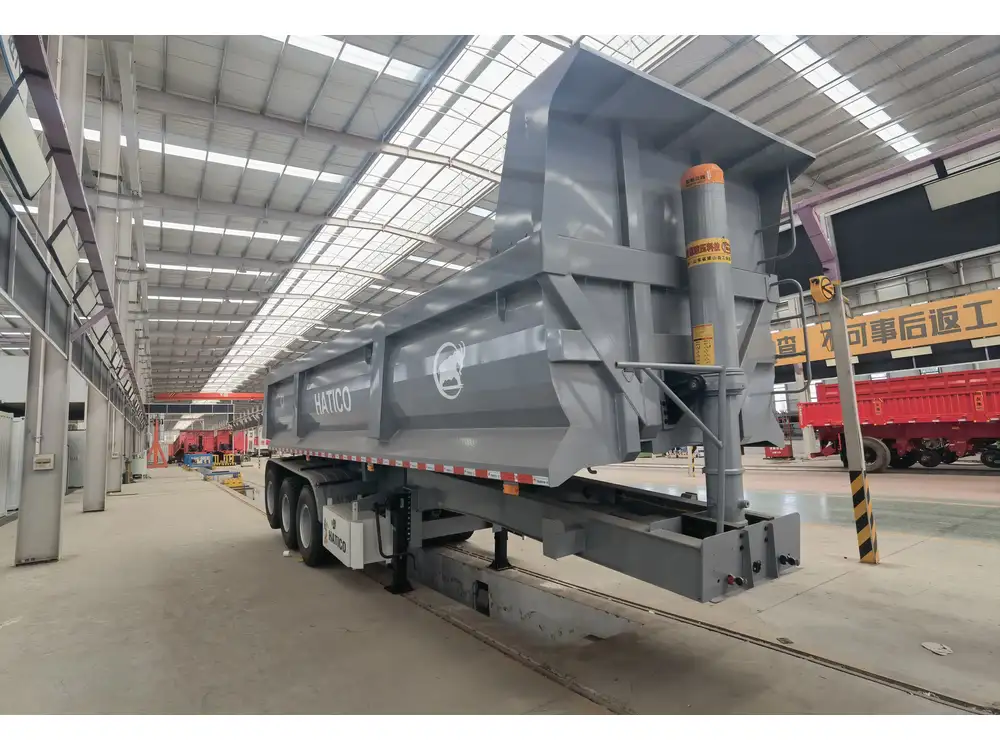Overview of the Incident
On March 7th, a catastrophic explosion involving a tanker trailer occurred in Carroll County, Ohio, resulting in significant implications for local communities and transport regulations. This incident, which reverberated through local news outlets and social media platforms, raised vital questions regarding safety measures, emergency response protocols, and the environmental ramifications of such accidents. In this article, we dissect the event, analyze factors leading to the explosion, and discuss preventative strategies to mitigate similar risks in the future.
Understanding Tanker Trailers and Their Risks

What is a Tanker Trailer?
A tanker trailer is a specialized vehicle designed for the transportation of liquids, including fuels, chemicals, and food products. These trailers come in various shapes and sizes, tailored to meet specific shipping needs. Understanding the nature and function of these vehicles is crucial in comprehending the risks they present during transit and in the event of an accident.
Risks Associated with Tanker Trailers
- Flammable Liquids: Many tanker trailers transport flammable or hazardous materials, increasing the risk associated with accidents.
- High Pressure: Certain liquids, such as propane or compressed gases, may be transported under high pressure, exacerbating the potential danger if leaks occur.
- Chemical Reactions: Transporting incompatible substances can lead to dangerous chemical reactions, further escalating the risk of explosions or toxic releases.
Details of the March 7th Incident

Timeline and Immediate Aftermath
- Incident Occurrence: At approximately 3:30 PM, the tanker trailer, while navigating a rural road, suddenly erupted, sending flames and plumes of smoke into the sky.
- Emergency Response: Local fire departments promptly responded, battling the blaze while securing the area to prevent civilian access, ensuring public safety in the chaotic aftermath.
- Casualties and Damage: Fortunately, no fatalities were reported, albeit several injured individuals were transported to the nearby hospital. The explosion caused significant damage to surrounding structures and raised concerns about environmental contamination.
Eyewitness Accounts
Community members reported hearing a loud boom, followed by a thick cloud of black smoke. Witnesses described seeing the tanker engulfed in flames, with debris scattered across the road.
Investigating the Cause of the Explosion

Preliminary Investigation Findings
In the aftermath of the explosion, federal and local authorities launched investigations. Early findings suggested several potential causes:
- Mechanical Failure: Faulty components within the trailer or engine could have played a role in the explosion, as improper maintenance is often a contributing factor in transportation accidents.
- Driver Error: Investigators considered the possibility of human error – inadequate training or attention span of the driver could have precipitated a hazardous situation.
- Environmental Conditions: Wet or icy road conditions may have contributed to maneuverability issues, leading to a loss of control over the vehicle.
Regulatory Oversights
The investigation revealed potential lapses in regulatory enforcement regarding tanker trailer safety standards. Specific areas of concern included:
- Maintenance Records: A lack of thorough documentation could indicate inadequate maintenance procedures.
- Licensing and Training: The qualifications of the driver were scrutinized; it is critical that personnel operating hazardous materials possess appropriate licenses and training due to the risks associated with transporting such materials.
Environmental Impact Assessment

Immediate Environmental Concerns
Following the explosion, environmental authorities were dispatched to assess the situation. Key areas of focus included:
- Soil Contamination: The released substances could permeate the ground, necessitating thorough soil testing and remediation efforts.
- Air Quality: The smoke plume produced during the explosion might have included harmful chemicals, prompting air quality assessments for local residents.
Long-term Environmental Effects
The explosion raises concerns about long-term impacts on the local ecosystem. Research indicates that contaminants can persist in soil and waterways, creating health risks for residents and wildlife. Monitoring programs are essential for assessing and mitigating these impacts.
Lessons Learned: Prevention and Recommendations

Enhancing Safety Protocols
Regular Training: Ensuring that all personnel involved in the transport of hazardous materials receive regular training can minimize human errors significantly.
Mechanical Inspections: Implementing rigorous inspection schedules for tanker trailers can help identify and rectify mechanical issues before they escalate into dangerous situations.
Improving Emergency Response
Community Preparedness: Educating communities about emergency protocols can enhance local response efficacy during transportation-related incidents.
Interagency Coordination: Effective collaboration between local, state, and federal emergency response teams is vital for swift action when incidents occur.
Batch Assessments of Transport Routes
Conducting a thorough assessment of routes frequently used for transporting hazardous materials helps identify and address particular risks associated with specific areas.

Conclusion: Moving Forward to Enhance Safety
The explosion of the tanker trailer in Carroll County, Ohio, serves as a stark reminder of the inherent dangers associated with transporting hazardous materials. Understanding the factors contributing to such catastrophic incidents enables us to improve safety measures, emergency response, and environmental protections. As manufacturers and stakeholders in the transportation industry, it is crucial to adopt a proactive approach.
By prioritizing safety standards and adhering to stringent regulatory practices, we can mitigate risks and protect communities from the devastating effects of similar incidents in the future. The commitment to continual improvement in safety protocols is not merely a regulatory obligation but a moral imperative to safeguard human lives and the environment.
Understanding and addressing these pressing issues not only empowers us but fosters a culture of responsibility and accountability within the industrial landscape, paving the way for safer transport practices across the nation.



